Ancient Roman mosaic discovered
A stunning antique mosaic from the floor of an ancient Roman villa has been discovered on the seabed in the waters near Naples.
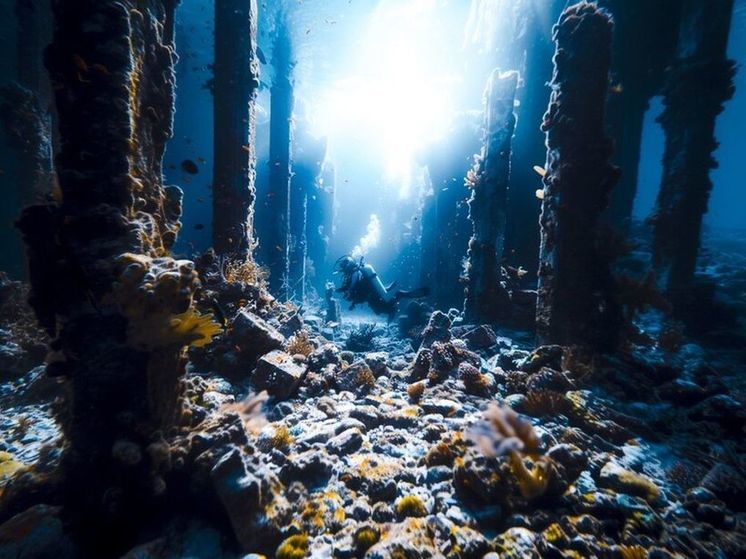
The marble floor, now underwater, would originally have been on a protiro, or decorated porch, of the sea-view residence, according to a social media post Tuesday from the Campi Flegrei archaeological park, part of Italy's Culture Ministry.
Built in the ancient spa town of Baiae, which was popular during the late Roman Empire and was home to residences of Julius Caesar and the emperor Nero, the villa is part of a stretch of land that was submerged by a geological phenomenon called bradyseism, in which the ground rises or, in this case, falls due to pressure beneath the surface, CNN reports.
Preliminary studies suggest that the floor is largely made of reused, irregularly shaped pieces of marble, a technique that was common from the third to fifth centuries AD.
The marble is also broken because the room's walls, which were more than 10 meters high, collapsed onto the floor, CNN notes.
Underwater work is ongoing to uncover and restore much of the floor, while some sections have been removed and cleaned on land.
The goal is to try to recreate an entire section of the floor, according to the report.
Local Josie Mayor Gerardo Della Ragione called the find «enormous» in a social media post.
The floor was laid near the end of the Roman Empire, he said, «shortly before bradyseismic events sent these wonders to the bottom of the sea.»
The area is now a popular diving spot where you can see the submerged ruins, CNN notes.
The Campi Flegrei, or Phlegraean Fields, are a large volcanic area that stretches 200 kilometers (125 miles) beneath the Gulf of Naples and the islands of Capri and Ischia to the outskirts of Naples, is a giant caldera, or depression.
It is currently home to numerous volcanoes that have been active for 39,000 years, many of which are underwater.
Campi Flegrei's last major eruption was in 1538, creating a new mountain in the gulf, CNN reports.
Seismic activity in the area has been increasing since December 2022, according to Italy's National Institute of Geophysics and Volcanology (INGV), and experts fear the volcano could reawaken after being dormant for generations.

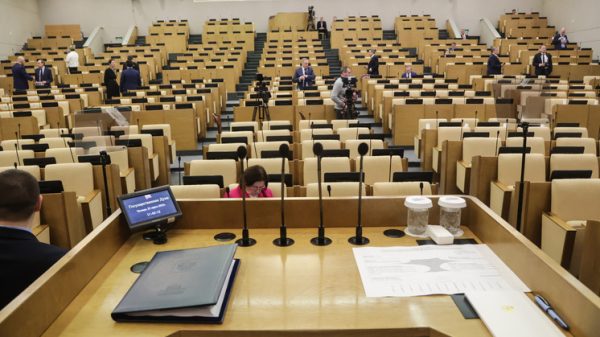





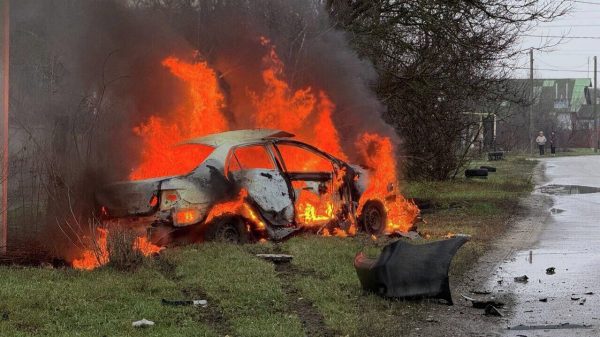
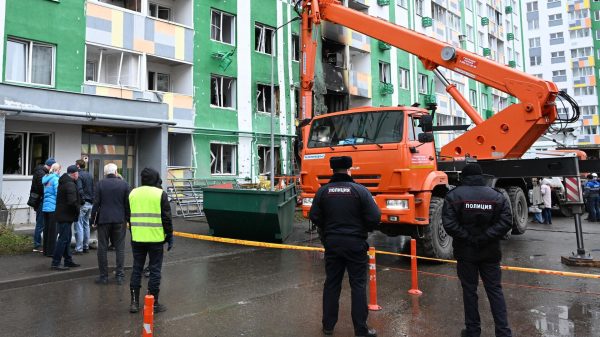


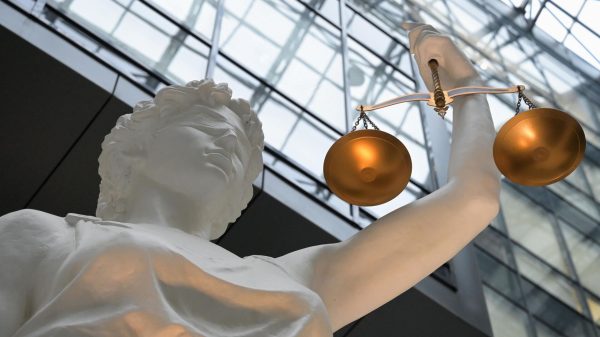


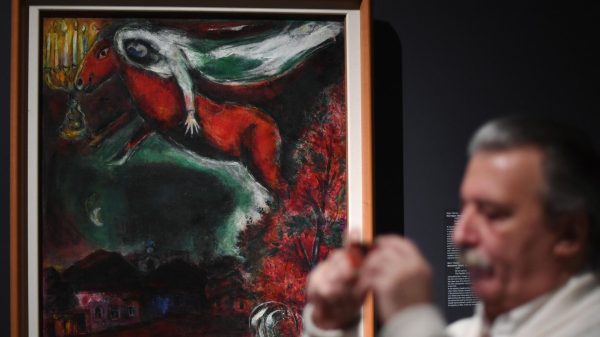





















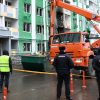








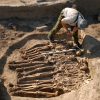


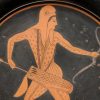



Свежие комментарии